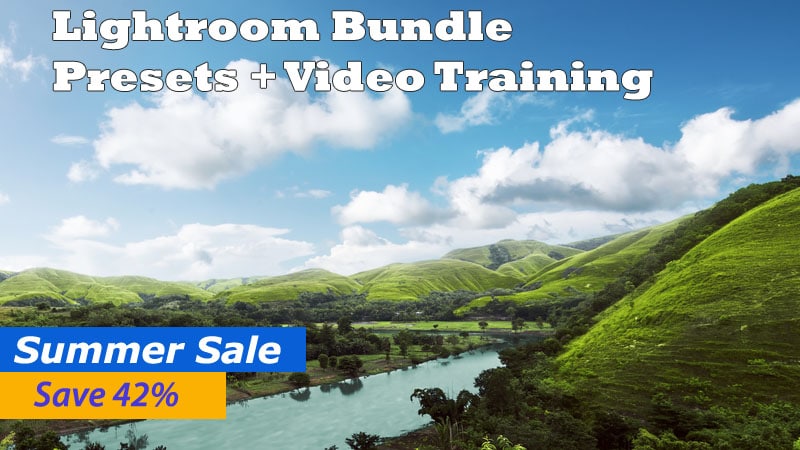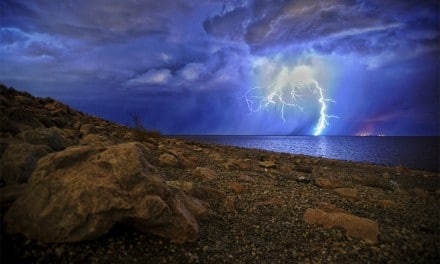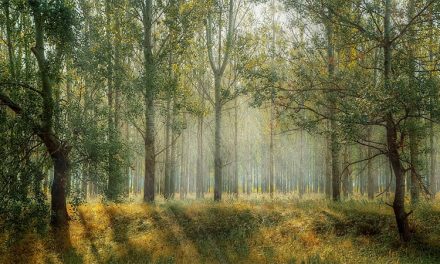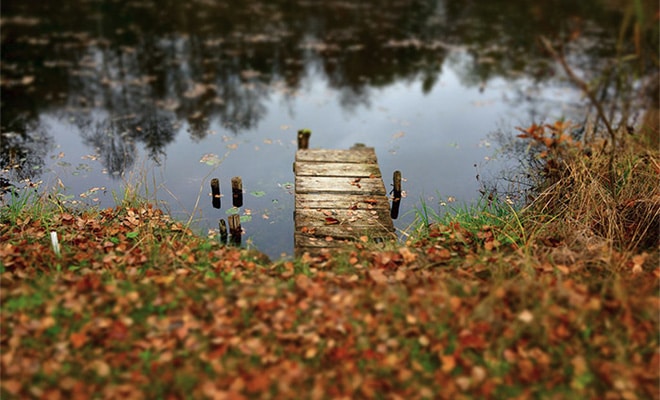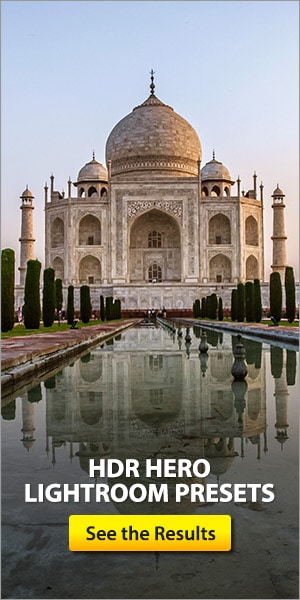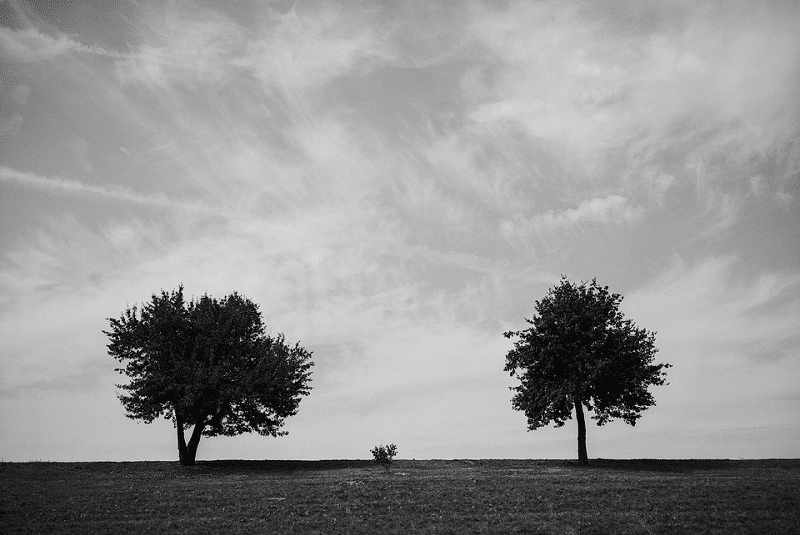
Image by: brenkee
While there’s nothing wrong with an exciting, drama-filled shot, packed full of interesting elements –there’s a lot to be said about taking a different approach sometimes –and looking to create images that are simpler and more minimalist in nature.
In today’s fast-paced world, a back to basics approach can be calming –and an often-welcome approach.
Minimalist photography isn’t just about looking to create simplified images, though; it’s about creating photos that are powerful –and ones that tell a story, devoid of everything that isn’t part of that narrative.
A minimalist approach can also give you a different perspective and a new approach to what would have otherwise been a busy, cluttered image, or an over-photographed vantage point. It can help you see the world in new ways, and give you fresh eyes to capture the scene differently.
Sometimes, the overwhelming sense to capture everything in one shot means that our images end up looking tremendously busy, but this isn’t always the best approach. By looking to remove everything that’s not necessary, you reduce the composition to its barest form, allowing beauty and meaning to shine through.
If you’d like to create minimalist images, here’s a look at some tips that’ll help you to get started.
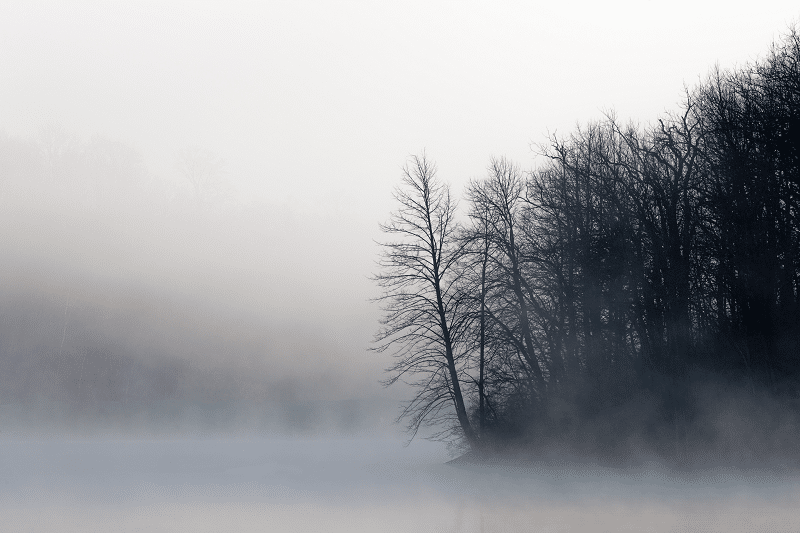
Image by: John Westrock
Consider Your Location
First up, you should consider your location. While you can create minimalist images anywhere. However, there are some locations that can lend themselves beautifully to a minimalist approach.
• The Seaside
Areas by the coast will often offer a great place to try out minimalist shots. There are often stretches of vastness that make it easy to showcase your main focal point, with no competing elements. The dramatic skies and waves can help add to your image as well, without presenting a distraction.
• The Desert
The desert is another great location for minimalist photography. Vast and remote, it’s perfect for creating minimalist –striking images; particularly ones that highlight its vastness and scale.
• Fields
Fields –billowing with grass or wheat can also be a great setting for minimalist photography. Consider using a long exposure on a day where there’s a gentle breeze to softly blur the field, reducing details and making it even more uncluttered.
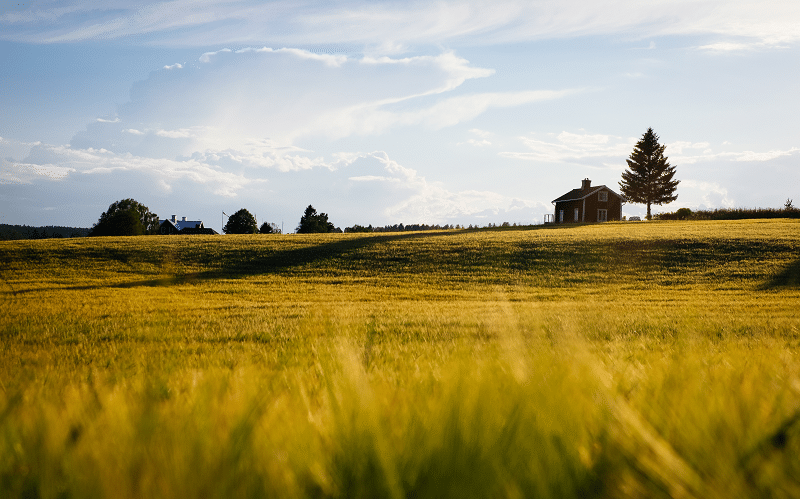
Image by: Arno Smit
Consider Your Composition
What you lack in filler you should make up for in your composition. In fact, you could say that the lack of detail in your shot should make you pay more attention to your composition. Here are a few areas you should consider when composing minimalist images.
• Leave Plenty of Space
While you might be thinking that a minimalist image is nothing BUT space, you should still consider the space you are leaving in your image. Consider your focal point and where you are placing it, and ensure that there is plenty of room surrounding it. Remember to let it breathe.
• Choose a Strong Focal Point
Most images need a strong focal point, and minimalist shots are no different! Choosing a strong focal point can help you to capture the image, so make it count. Look around for natural elements that really catch your eye, ones that tell a story on their own –and could make a great focal point; lone trees, large boulders, even abandoned houses can make for dramatic elements –and ideal focal points.
• Rule of Thirds
The rule of thirds is often used for a tighter image with more visual appeal, and when it comes to minimalist photography, the technique can still be used to position the focal point to your image.
• Look for Light and Shadows
Light and shadow can both play a prominent role in amazing minimalist images. Try to keep an eye out for that moment where the light’s shining through the clouds, drawing out color –or highlighting the texture of the land. Likewise, shadows can make for some beautifully minimalist compositions too.
• Try a Long Exposure
Since you are working with minimal details in your image, trying out a long exposure could be a great way to add in some interesting detail. Consider a long exposure to softly blur the clouds or the sea, helping to further simplify your image. A long exposure will require you to work with your tripod so ensure that you bring that along as well if you plan to try out long exposures.
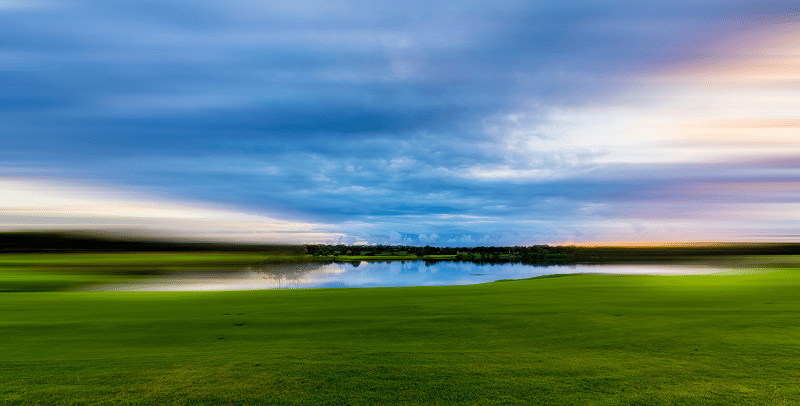
Image by: Igor Kasalovic
Bring the Right Gear
When it comes to shooting minimalist landscapes, there isn’t a set rule on gear that you must bring, however there are certain pieces that would make the process easier and give you a better shot at success.
• Lens
While wide-angles are the lens of choice for many landscape photographers –and can work great for minimalist photography, you might want to consider using a longer lens as well. A telephoto will allow you to zoom in, making it easy for you to draw out those crucial elements that you’d like to focus on, while helping to eliminate some of the distractions that would otherwise clutter your image.
• Tripod
Finally, you should bring along your tripod. Not only is it needed for long exposures, it can also help you to get a clearer shot as well as help you focus and compose your image better.
Creating minimalist images is a great way to capture the beauty that surrounds you in a unique way. You don’t need a lot to make a great image. As some of the best minimalist images prove, sometimes the phrase “less is more,” really does ring true.
What do you think about minimalist photography? Have you tried your hand at it?
Photo license links: Unsplash License, Pixabay License

